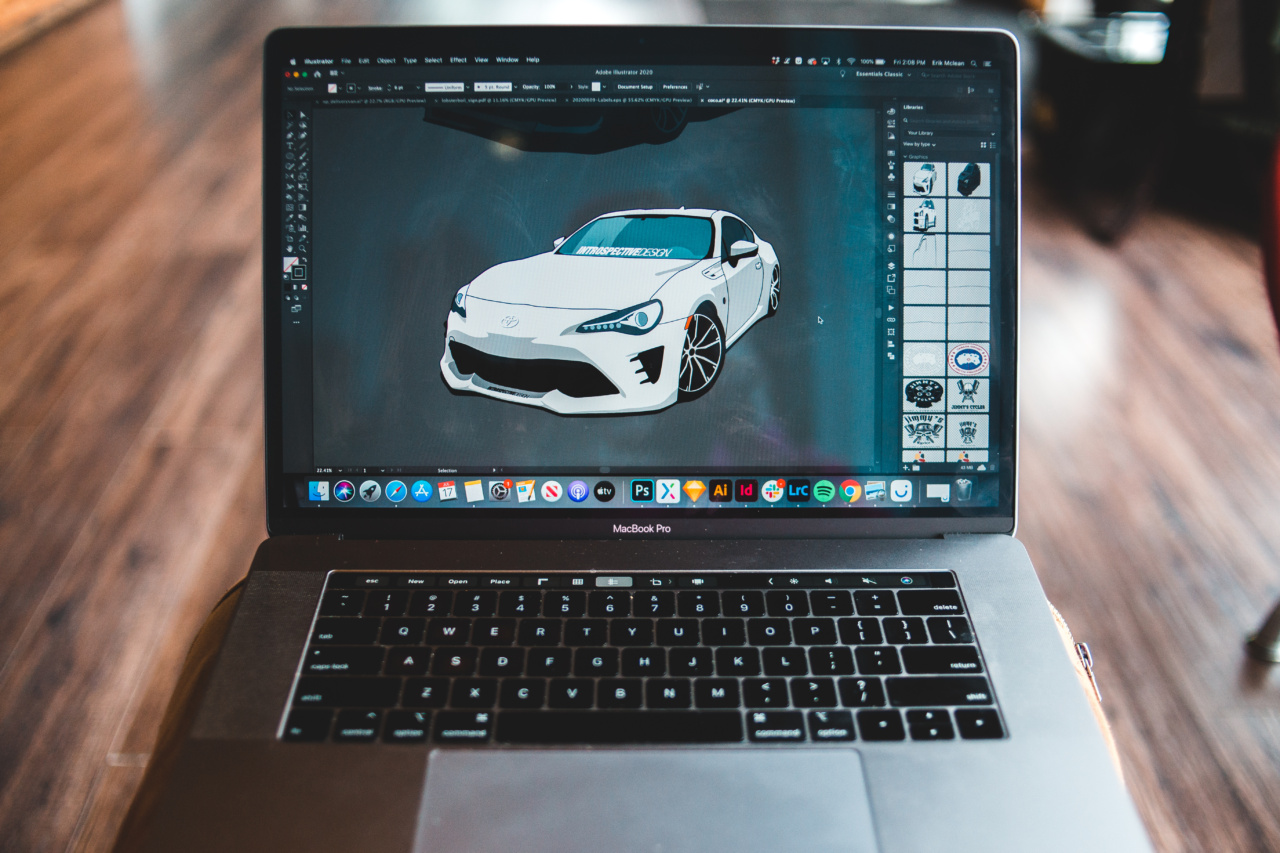The creation of the first vibrator is an intriguing and often misunderstood topic that is rooted in a complex array of cultural, medical, and social factors.
This article aims to shed light on the historical context and motivations behind the development of the first vibrator.
Historical Background
In the Victorian era, the 19th century was marked by a prevailing conservative attitude towards sexuality and women’s health. Women’s sexual desire and pleasure were frequently disregarded or considered taboo.
Furthermore, a range of medical conditions such as “female hysteria” were believed to be caused by deficiencies in the reproductive system.
The Medical Profession’s Answer
In response to the perceived prevalence of “female hysteria,” doctors developed various treatments aimed at relieving the symptoms associated with the condition.
One such treatment involved manual stimulation of the patient’s genitals by the physician, considered a tedious and time-consuming procedure.
The Birth of the Vibrator
Seeking a more efficient and less physically demanding method, physicians began experimenting with mechanical devices to achieve the desired results.
This led to the invention of the electromechanical vibrator, originally designed as a medical instrument rather than a sexual aid.
Early Vibrator Models
The early vibrator models were large, cumbersome, and often operated by steam or mechanical engines. These devices were primarily used by doctors and required a significant amount of effort to produce the desired vibration.
Patients, however, benefitted from the quicker and more effective treatment options.
Transition to Domestic Use
As the demand for vibrators grew within the medical community, entrepreneurs recognized a market for home use. Manufacturers started producing smaller, handheld vibrators that could be operated conveniently at home.
Popularization and Cultural Impact
During the late 19th century and early 20th century, vibrators started gaining popularity beyond medical circles. They appeared in various advertisements, marketed as devices to alleviate physical ailments such as headaches and back pain.
However, their intended use as sexual aids remained implicit.
Vibrators in Film and Media
Vibrators also found their way into early cinema. In the 1920s, some films subtly included scenes alluding to the use of vibrators, often framed as medical treatments or comedic devices.
Evolving Attitudes and Modern Perception
Over time, attitudes towards sexuality and women’s pleasure evolved, and the perception of vibrators shifted.
In the 1960s and 1970s, the sexual revolution sparked wider acceptance and understanding of sexual aids, including vibrators, as tools for personal pleasure.
Negative Stigma and Taboo
Despite the progress made in destigmatizing vibrators, they still face pockets of social taboo in certain cultures and communities today.
Misconceptions and resistance to open conversations about sexuality can perpetuate the negative stigma associated with these devices.
The Importance of Accessibility
While the first vibrator was initially created to address a medical condition, it paved the way for discussions about female sexual health and the importance of pleasure.
Today, vibrators and other sexual aids play a crucial role in promoting sexual well-being and empowering individuals to explore their own desires.
Conclusion
The creation of the first vibrator was a response to a medical need, but its impact transcended the purely clinical realm.
Vibrators symbolize a broader history of shifting societal attitudes towards women’s sexuality and pleasure, punctuated by moments of cultural progress and ongoing challenges.






























